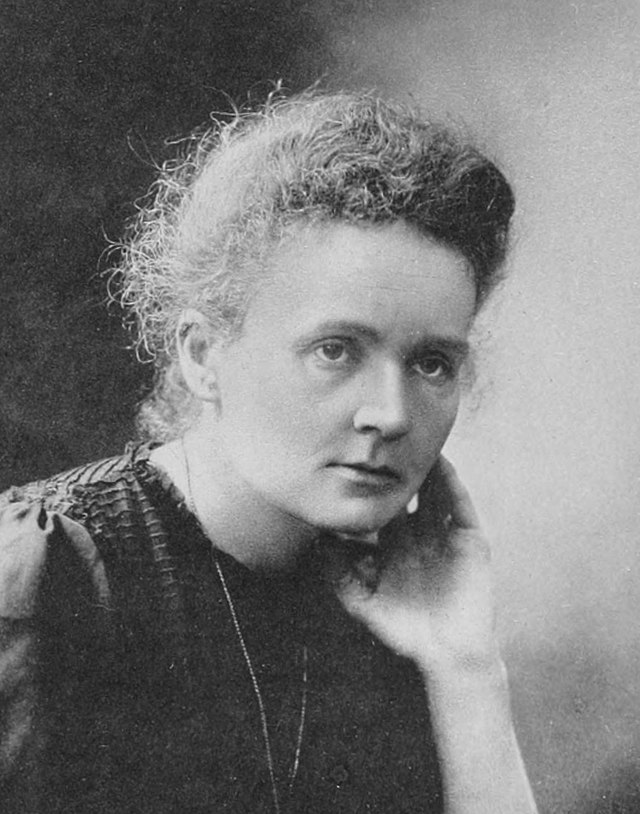Marie Curie: A Brilliant Scientist
Marie Curie was a brilliant scientist who lived in the late 19th and early 20th centuries. She was born in Poland in 1867 and later moved to France. Marie Curie made groundbreaking discoveries in the field of science, particularly in the study of radioactivity. One of her most significant achievements was discovering two new elements, radium and polonium. These discoveries had a huge impact on the scientific community and earned her the Nobel Prize in Physics in 1903, making her the first woman to receive this prestigious award. Later, she won another Nobel Prize in Chemistry in 1911 for her work on radium and polonium. Marie Curie's dedication to science and her pioneering research laid the foundation for advancements in the understanding of atomic structure. Despite facing challenges as a woman in a male-dominated field, she persevered and became a role model for future generations of scientists, inspiring many to pursue careers in science. Marie Curie's legacy continues to be celebrated today, and her contributions to science have left a lasting impact on the world. She is remembered as a trailblazer who overcame obstacles to make important contributions to our understanding of the natural world.

Fun Facts:
Double Nobel Prize Winner: Marie Curie is the only person to win Nobel Prizes in two different scientific fields. She won the Nobel Prize in Physics in 1903 (shared with her husband Pierre Curie and Henri Becquerel) for their work on radioactivity. Later, in 1911, she won the Nobel Prize in Chemistry for her discovery of the elements radium and polonium.
First Woman Professor at the University of Paris: Marie Curie was a trailblazer for women in science. She became the first woman to become a professor at the University of Paris.
Discovery of Radium and Polonium: Marie Curie and her husband discovered the elements radium and polonium, which opened up new realms of scientific understanding. Radium was used in early medical treatments, though its use has diminished over the years due to its radioactive properties.
Mobile Radiography Units during World War I: During World War I, Marie Curie developed mobile radiography units, known as "little Curies," that could be used on the battlefield to diagnose injuries.
Timelines:
11867 Marie Skłodowska (Curie) is born in Warsaw, Poland.
1891 She moves to Paris to continue her education at the Sorbonne.
1895 Marie marries Pierre Curie.
1903 Marie, Pierre, and Henri Becquerel jointly receive the Nobel Prize in Physics.
1911 Marie Curie wins the Nobel Prize in Chemistry for her work on radium and polonium.
1934 Marie Curie dies in France.
Reference Books for Elementary Students:
"Who Was Marie Curie?" by Megan Stine: This book from the "Who Was?" series provides a concise and accessible biography for elementary students.
"Marie Curie (Little People, Big Dreams)" by Isabel Sanchez Vegara: This beautifully illustrated book is part of the "Little People, Big Dreams" series, introducing young readers to the lives of outstanding people.
"Marie Curie: Little Scientist" by Maria Isabel Sánchez Vegara: Another wonderful book from the "Little People, Big Dreams" series, this one specifically tailored for younger readers.
"DK Life Stories: Marie Curie" by Kitson Jazynka: This book, part of the DK Life Stories series, provides a well-illustrated biography suitable for elementary students.
These books offer engaging narratives and visuals to help young readers explore the life and achievements of Marie Curie in an accessible way.